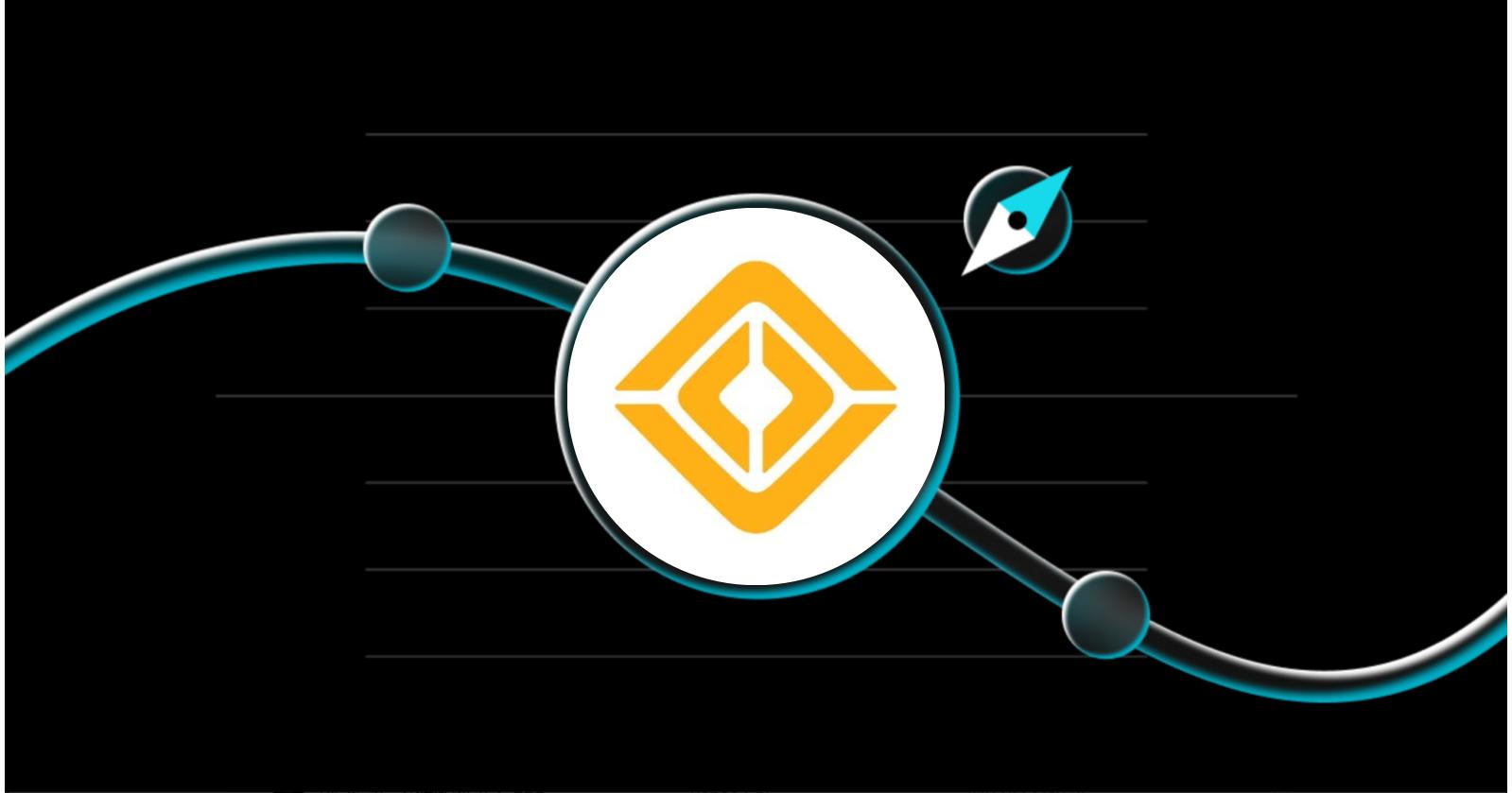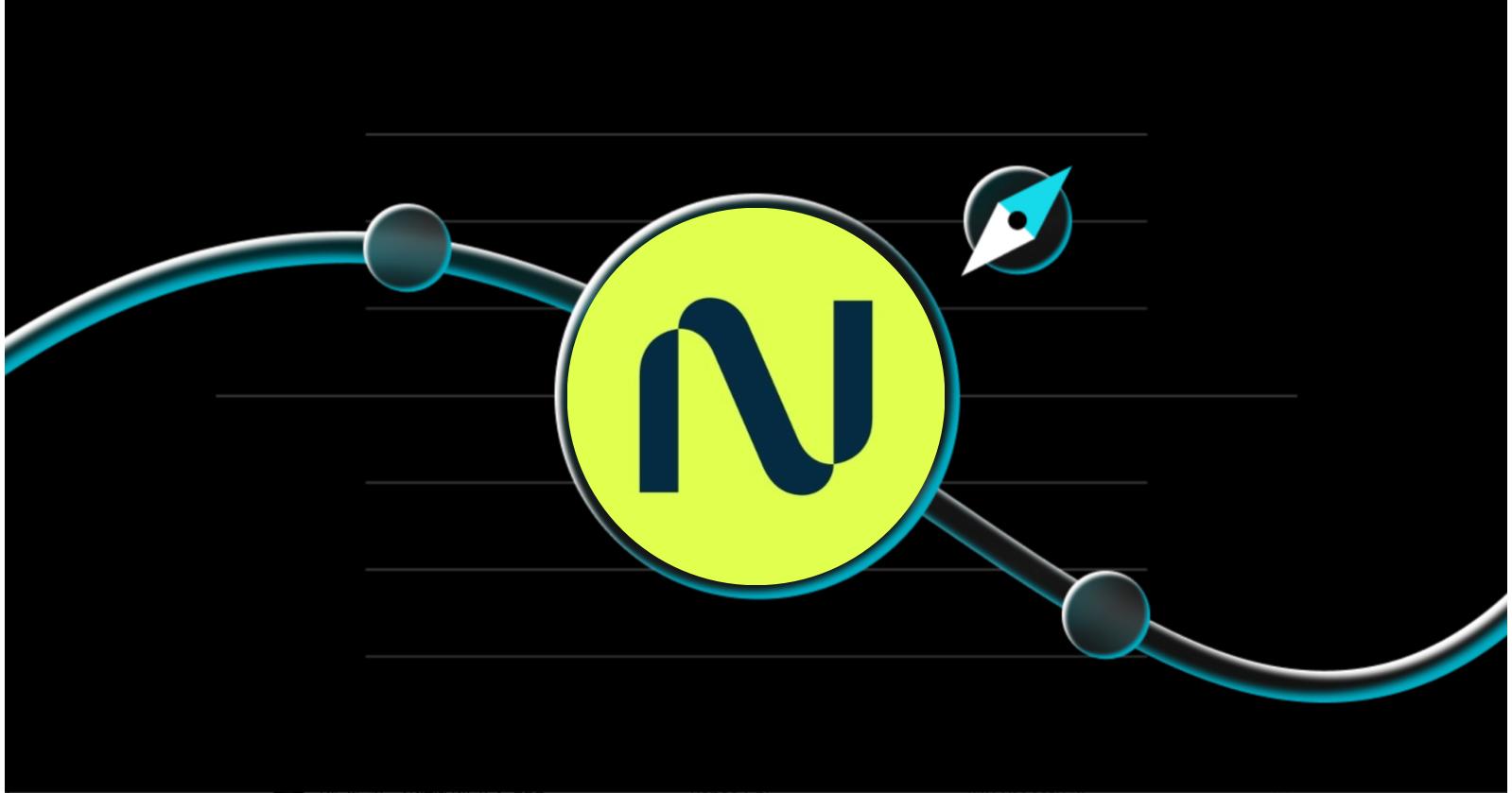What Is Allora (ALLO)? The Ambitious Decentralized AI Network Hit by a 70% Post-Launch Drop
Artificial intelligence is evolving fast, but the way models are trained, deployed, and monetized remains fragmented and centralized. Most AI systems operate in silos, controlled by a handful of corporations and optimized for narrow tasks. There’s little coordination, no shared incentive structure, and limited transparency. Allora set out to change that.
Launched in November 2025, Allora is a decentralized network designed to coordinate thousands of independent AI models into a self-improving system. It aims to build what it calls an intelligence layer — a shared infrastructure where machine learning models collaborate, improve through feedback, and produce more accurate predictions over time. The project quickly captured investor attention, listing on major exchanges and attracting backing from firms such as Polychain Capital and Framework Ventures. But hype met harsh reality. Within hours of launch, Allora’s token ALLO dropped more than 70% in value, revealing immediate pressure from airdrop recipients and weak short-term tokenomics. The technology may be visionary, but the launch exposed the challenges of executing big ideas in an unforgiving market.
What Is Allora (ALLO)?

Allora is a decentralized artificial intelligence network built to harness collective intelligence through collaboration. At its core, the project envisions a system where thousands of machine learning models, each independently operated, contribute to making predictions across various domains. These could include forecasting financial markets, modeling risk, or generating insights for decentralized applications. Rather than relying on one centralized model, Allora is designed to synthesize the strengths of many models working in parallel.
The project refers to itself as an intelligence layer for the internet. This layer allows users, developers, and protocols to request predictions or data-driven outputs from a distributed network of AI models. Each model provides its own answer, which is then evaluated for accuracy. Over time, the network continuously improves by adjusting how much influence each model has based on its historical performance. This feedback loop aims to create a smarter, more resilient system that can be integrated into blockchain infrastructure, DeFi applications, and enterprise-grade analytics tools.
How Allora (ALLO) Works
At the heart of Allora’s design is a decentralized network that coordinates three types of participants: topic coordinators, workers, and reputers. Each plays a distinct role in the system, and together they enable a self-improving loop of prediction, validation, and refinement.
● Workers: These are independent AI model operators. Each worker runs its own machine learning model and responds to prediction requests using its unique data and methodology. For example, one model might predict the price of Ethereum over the next 24 hours using technical indicators, while another might base its forecast on social sentiment.
● Reputers: After predictions are submitted, reputers evaluate how accurate each one is once real-world outcomes are known. They stake ALLO tokens on the correctness of their evaluations, earning rewards for honest assessments and losing stake for false or manipulative reports. This staking system incentivizes reputers to be precise and reliable.
● Topic Coordinators: These users or applications define the subject of interest — for example, predicting weather patterns, market prices, or sports outcomes. They are the demand-side participants that create use cases and bring data needs to the network.
Allora integrates zero-knowledge machine learning to maintain privacy and security. This means a worker can prove that its model generated a prediction without exposing sensitive proprietary data. It is a critical feature for use in finance, enterprise AI, or regulated industries where data confidentiality is essential.
The system rewards good behavior and penalizes bad performance through a combination of staking, performance history, and dynamic weight adjustments. Over time, consistently accurate models gain more influence in the network’s aggregated predictions, creating a self-improving feedback loop that mirrors real-world incentives.
Allora (ALLO) Tokenomics
Allora’s native token, ALLO, plays a central role in coordinating incentives across the network. It is used to pay for predictions, reward model operators and validators, and potentially govern future protocol upgrades. The token launched with a total supply capped at 1 billion, but only around 200.5 million were in circulation at the time of listing. This meant that roughly 80% of the supply was locked or reserved, creating a low float that made the token vulnerable to volatility.
The distribution breakdown raised early concerns. About 31% of the supply is allocated to early backers, 17.5% to the team and advisors, and over 21% is earmarked for long-term staking rewards. The rest is split between the foundation, community incentives, and partnerships. While the long-term emissions are designed to reward participation, the absence of initial lockups and the decision to airdrop 15 million tokens at launch contributed to intense early sell pressure. For investors, the tokenomics highlighted both the network’s growth ambitions and the potential risks of dilution as more tokens unlock over time.
Exchange Listings and the 70% Price Drop

Allora (ALLO) Price
Source: CoinMarketCap
Allora launched on November 11, 2025, with listings on major exchanges. Shortly after trading began, the token surged to an all-time high of $1.70, reflecting early enthusiasm and limited circulating supply. But that momentum was short-lived.
Within the next hours, ALLO plummeted to an all-time low of $0.4283, marking a 71.9% drop from its peak. The steep correction was largely driven by immediate selling pressure from early recipients and airdrop participants. With 80% of the total supply still locked and no vesting requirements for unlocked tokens, the market lacked the depth to absorb the volume. Although the price has since rebounded modestly above $0.47, the launch highlighted the fragility of hype-fueled debuts and the importance of sound token distribution mechanics.
Allora (ALLO) Price Prediction: What's Next?
After its volatile launch, ALLO’s future price trajectory remains highly speculative. While the token has shown signs of stabilization above its all-time low, much depends on broader market conditions and the project’s real-world adoption. Below are a few key scenarios investors are watching:
● Bearish Scenario: Continued Downward Pressure
If demand remains low and upcoming token unlocks add more supply to the market, ALLO could face extended price weakness. A lack of staking incentives or active user growth may lead to further declines below the $0.40 range.
● Base Case Scenario: Sideways Consolidation
In a more neutral environment, ALLO may stabilize between $0.45 and $0.75 over the next few months. This would reflect cautious optimism while the market waits for signs of adoption or technical milestones.
● Bullish Scenario: Gradual Recovery on Network Adoption
If Allora demonstrates real utility — such as developers integrating its prediction layer or enterprises using its zkML capabilities — the token could regain momentum. In this case, prices could climb back toward the $1 range by late 2026, particularly if broader crypto market sentiment improves.
● Speculative Scenario: Return to ATH and Beyond
In an aggressive growth scenario where Allora becomes a leading decentralized AI infrastructure layer, ALLO could potentially surpass its previous high of $1.70. This would likely require strong usage metrics, increased staking participation, and favorable macro conditions.
While models exist projecting ALLO in the $1–$2.50 range within 12 to 18 months, these forecasts are highly conditional. Most analysts agree that until adoption materializes and token emissions are better managed, volatility will continue to dominate price action.
Conclusion
Allora entered the market with a bold vision to decentralize artificial intelligence and build a collaborative prediction engine powered by thousands of independent models. Its architecture, built around worker incentives, validator feedback, and privacy-preserving machine learning, sets it apart from typical blockchain projects. On paper, the potential is significant.
But its launch proved that even the most ambitious ideas are vulnerable to poor execution. The rapid 70% drop in ALLO’s price following its debut revealed structural weaknesses in the token’s distribution and demand strategy. Whether Allora can recover and establish itself as a key player in decentralized AI will depend on its ability to build real use cases, attract developers, and manage token emissions responsibly. The fundamentals are promising, but trust will have to be earned over time. For now, Allora’s future remains as uncertain as the predictions it seeks to perfect.
Disclaimer: The opinions expressed in this article are for informational purposes only. This article does not constitute an endorsement of any of the products and services discussed or investment, financial, or trading advice. Qualified professionals should be consulted prior to making financial decisions.



